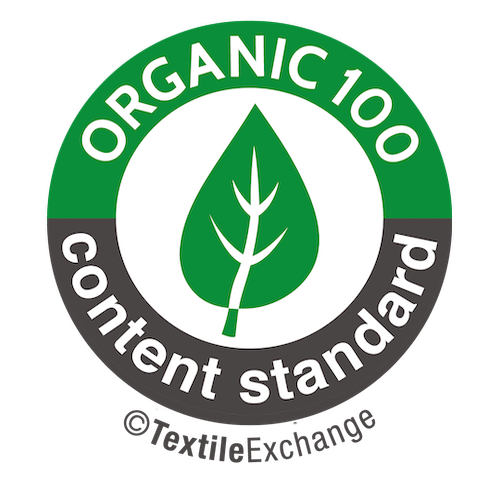

OCS
Organic Content Standard (OCS) is an international, voluntary standard designed to provide chain-of-custody verification for materials sourced from farms certified to recognized national organic standards. It ensures that raw materials, such as cotton or wool, are verified as organically grown and tracked throughout the supply chain to the final product.
Certification is conducted by independent, third-party certification bodies through annual audits. The process follows the requirements outlined in Textile Exchange’s Content Claim Standard (CCS), ensuring transparency and traceability at every stage.
For more information or to apply for certification, businesses can reach out to an approved certification body or visit the Textile Exchange website.
Benefits of OCS Certification
Our Certification Process
01
STEP ONE
Contact Us
02
STEP TWO
Submit the Application
03
STEP THREE
Get Quotation
04
STEP FOUR
Submit Contract
05
STEP FIVE
Confirm Audit Schedule
06
STEP SIX
Get Audited
07
STEP SEVEN
Submit Non-conformities
08
STEP EIGHT
Certification Decision
The certification process involves selecting CERES Certifications Ltd. as the certification body, contacting them to express interest, and submitting the required application documents. An on-site audit is then conducted to verify compliance, followed by addressing any non-conformities. If all requirements are met, the certification is issued.

